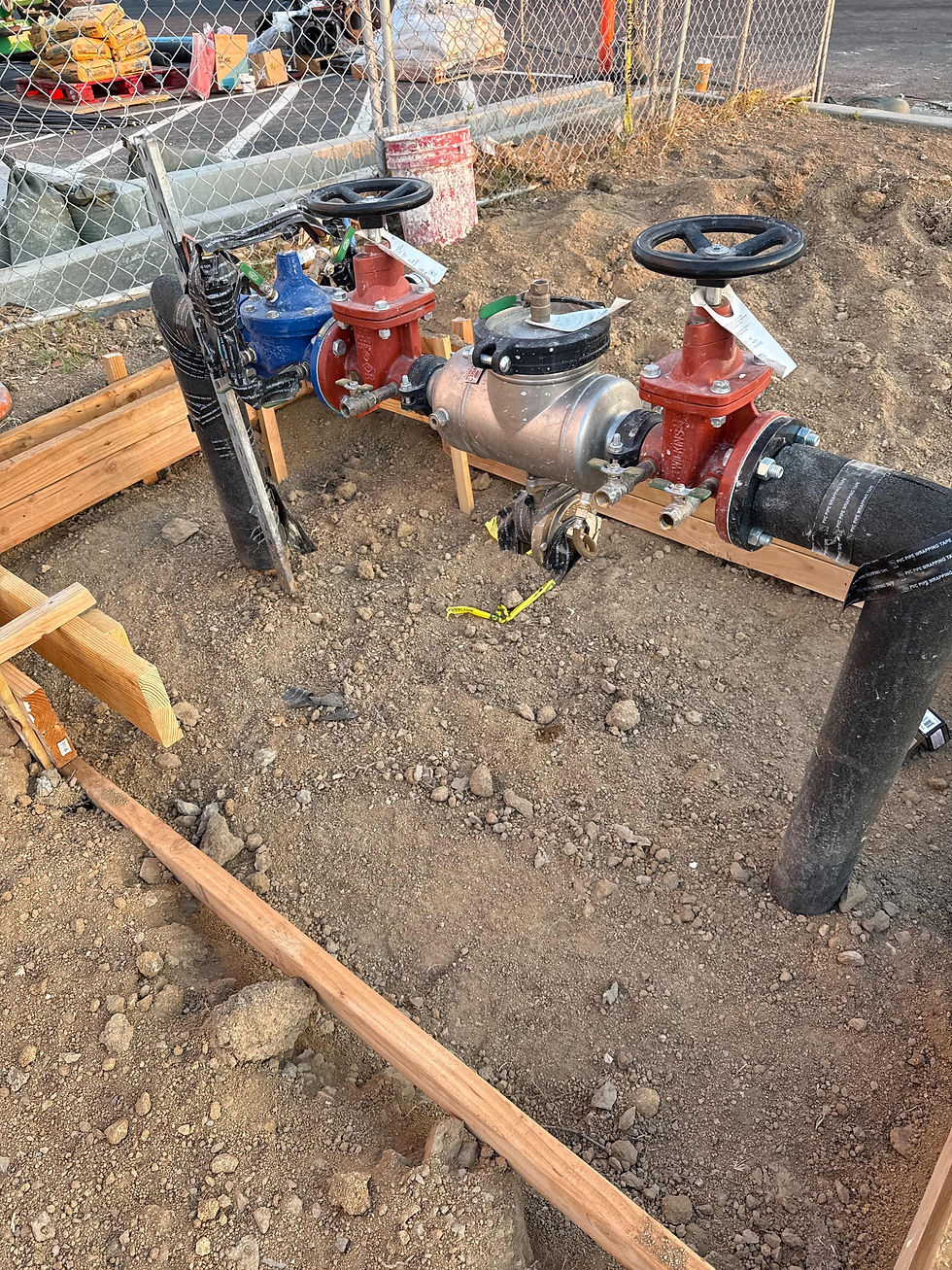Strategic Placement: Where to Install a Backflow Preventer on Your Property
- bill57931
- Sep 6, 2024
- 2 min read

Ensuring the safety and purity of your water supply is a top priority for any homeowner or business. Backflow preventers play a crucial role in preventing contamination, but their effectiveness largely depends on proper installation. This blog will guide you through the strategic placement of backflow preventers on your property, offering innovative advice and considerations not commonly discussed.
1. Understanding the Function of a Backflow Preventer
Before determining the optimal location, it's essential to understand how a backflow preventer works. These devices stop contaminated water from flowing back into the clean water supply, protecting against potential health risks. The key to their effectiveness lies in their placement within your plumbing system.
2. Key Considerations for Placement
Proximity to Water Source: The backflow preventer should be installed as close to the water source as possible. This positioning ensures that all downstream fixtures are protected from potential contamination.
Accessibility for Maintenance: Regular testing and maintenance are vital for ensuring the device's functionality. Install the preventer in a location that is easy to access for inspections and repairs.
Above Ground Installation: Typically, backflow preventers should be installed above ground to prevent submersion, which can lead to failure. Ensure they're positioned at least 12 inches above the highest downstream outlet.
Protection from Freezing: In colder climates, freezing can damage backflow preventers. Consider installing the device in an insulated enclosure or within a heated space if outdoor installation is necessary.
3. Innovative Ideas for Backflow Preventer Placement
Vertical Installation Options: If space is limited, consider vertical installation options. Some newer models are designed to be installed vertically, providing flexibility in tight spaces.
Integration with Landscaping: For aesthetic purposes, integrate the backflow preventer with your landscaping. This approach not only hides the device but also protects it from accidental damage.
Remote Monitoring Capabilities: Install smart backflow preventers in areas where traditional access might be challenging. These devices can be monitored remotely, providing alerts if issues arise, which is particularly useful for property managers overseeing multiple locations.
Zoned Systems for Large Properties: If your property is extensive, consider zoned systems where multiple backflow preventers are installed at strategic points. This ensures comprehensive coverage and reduces the risk of widespread contamination.
Conclusion
Proper installation of a backflow preventer is crucial in safeguarding your property's water supply from contamination. By considering factors such as proximity to the water source, accessibility, protection from elements, and innovative solutions like vertical installations and smart technology, you can ensure optimal performance and longevity of your backflow prevention system.
Always consult with a professional plumber to tailor the installation to your specific property needs and local regulations, ensuring peace of mind and water safety for years to come.







Comments